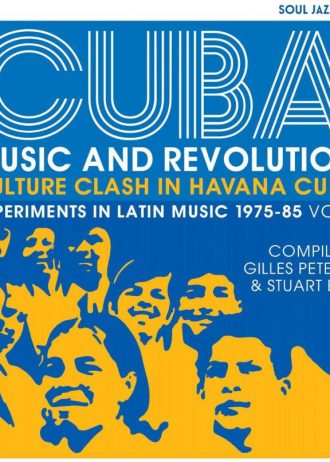Fact or fiction? An imaginative collection of statements about Vincent van Gogh that challenges what we think we know about the artist’s much mythologized existence.
Van Gogh is the most famous artist in the world, yet our understanding of his life is full of contradictions. Art historians, filmmakers, journalists, psychologists and conspiracy theorists have offered theories on his life and work, yet their views are often poles apart. Van Gogh has been described as a suffering genius, a madman, the embodiment of peace and compassion, a man of violence who was a danger to himself and others, a religious fanatic and a Marxist. Where does the truth lie and the myth begin?
This book examines the continual rewriting of Van Gogh’s story since the first publications on the artist appeared at the beginning of the twentieth century. Presenting a collage of succinct facts and ‘counterfacts’, the text is drawn from a wide field of sources: fellow artists, friends and family, doctors and psychoanalysts, actors and writers, theorists, crackpots and scholars. Conflicting statements go hand in hand with an unconventional curation of images, which include postcards of locations associated with the artist, photographs of a fraudster’s legal trial, a children’s toy, a bottle label and a rusty revolver.
Turnbull presents a kaleidoscope of fact and fiction about the world’s most discussed artist – sometimes funny, sometimes heartrending, always revealing – giving readers new insights into the artist, his work and his legacy. Van Gogh himself would be amazed not only to see what people have said about him, but also to grasp the global phenomenon that he has become. A must-have for art lovers and museumgoers, this book invites all readers familiar with Van Gogh to challenge long-accepted ideas about the man and his work.







